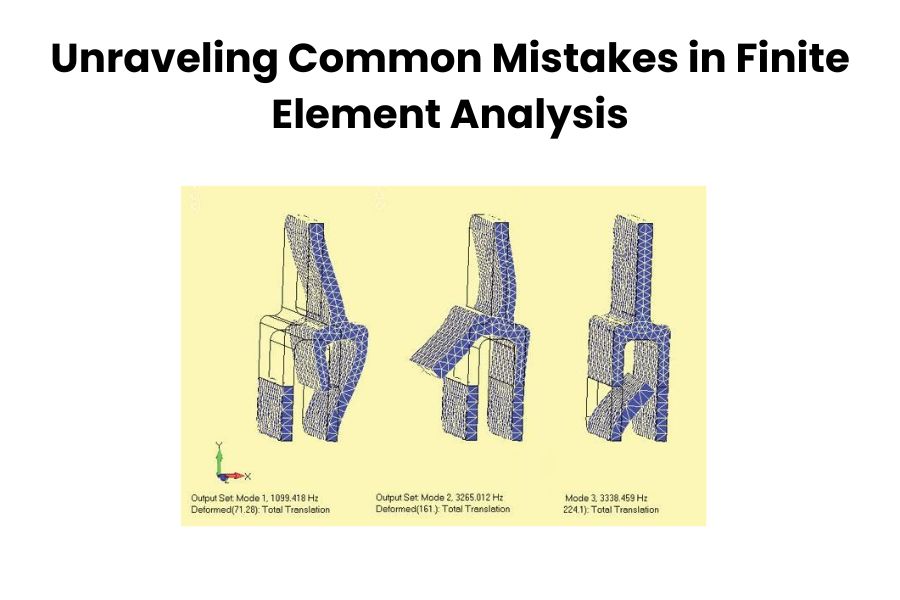In Finite Element Analysis, the continuous domain is divided into a mesh of smaller subregions called elements, and each element is represented by a mathematical approximation referred to as a finite element. These elements are typically classified as one-dimensional (1D), two-dimensional (2D), or three-dimensional (3D), depending on the dimensionality of the problem being modeled. Specifically, […]
In Finite Element Analysis, the continuous domain is divided into a mesh of smaller subregions called elements, and each element is represented by a mathematical approximation referred to as a finite element. These elements are typically classified as one-dimensional (1D), two-dimensional (2D), or three-dimensional (3D), depending on the dimensionality of the problem being modeled. Specifically, […]
Finite Element Analysis (FEA) is a numerical method used to analyze and solve complex engineering problems. It is a computational technique that breaks down a complex structure or system into smaller, simpler elements called finite elements. By discretizing the system into these elements, the behavior of the entire system can be approximated and analyzed. According […]
Finite Element Analysis (FEA) is a numerical method used to solve complex engineering problems by dividing them into smaller, more manageable elements. Software and mathematics play crucial roles in FEA by facilitating the analysis process. Here’s a breakdown of their roles: Software: Preprocessing: FEA software provides tools for creating and defining the geometry, applying boundary […]
Shell elements are finite elements used in structural analysis to model thin-walled structures or components, such as plates, shells, and membranes. These elements are designed to capture the behavior of these structures, which have two dominant dimensions (length and width) and a relatively small thickness compared to the other dimensions. Shell elements are used to […]
Building Construction: 1D elements are used in structural engineering for analyzing and designing buildings. They help determine the behavior of beams, columns, and frames under different loading conditions, ensuring structural integrity and safety. Bridge Design: 1D elements are employed in the analysis and design of bridges, allowing engineers to assess the structural performance and behavior […]
Finite Element Analysis (FEA) is one of the most powerful tools for analyzing and simulating simple to complex engineering problems in any industrial field. But cause of some common mistakes in Finite Element Analysis (FEA) can lead to inaccurate results and misleading interpretations. Some common mistakes that can occur during the FEA process are listed […]
Finite Element Analysis (FEA) has been a powerful tool for engineering simulation for several decades. It has revolutionized the way engineers design and analyze structures, mechanical systems, and other products. However, as technology advances and computational power increases, the future of FEA looks even more promising. In this article, we will explore some of the […]
A finite element method (FEM) is a numerical method used for solving engineering and mathematical problems involving the distribution of complex systems or structures into smaller, simpler, and interconnected subdomains. A set of mathematical equations approximates the behavior of each element. It has been widely applied in many fields, including structural analysis, heat transfer, fluid […]
In any analysis and simulation tool for structural analysis, various types of loads can be defined to analyze the behavior of structures. It’s crucial to understand that the specific types of loads available can vary. Any CAE tool, offers a wide range of load options to accurately simulate real-world operating conditions and effectively evaluate structural […]









